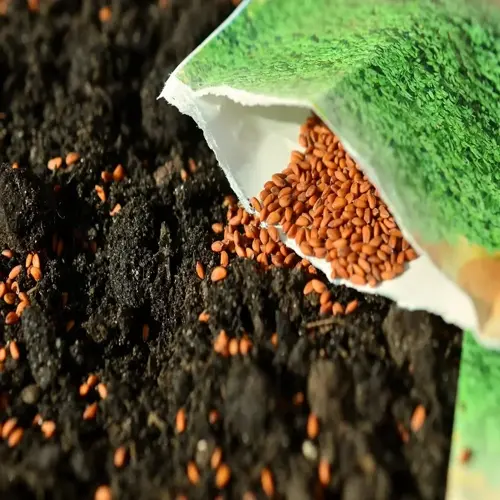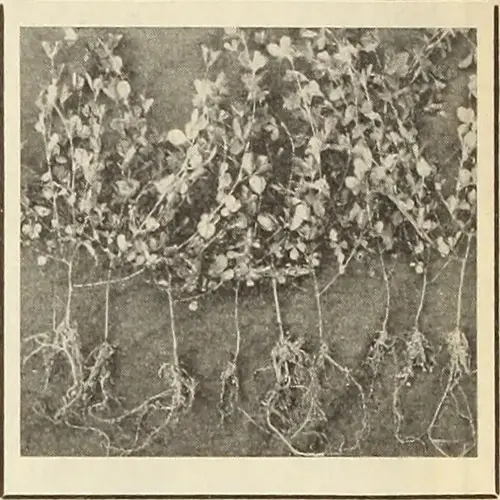How to identify spoiled seeds before planting?

Written by
Julia Anderson
Reviewed by
Prof. Martin Thorne, Ph.D.Finding spoiled seeds can save your planting effort and garden disappointment. There are proven methods of discovering concealed damage before seeding. Regular inspections can help you avoid wasted time and money. This guide includes effective methods every gardener must know for inspecting seeds.
Physical Inspection
- Perform snap test: dry seeds break cleanly while moist ones bend
- Check for mold, holes, or unusual discoloration patterns
- Examine seed coats for cracks indicating freeze-thaw damage
Water-Based Testing
- Conduct float test: viable seeds sink while dead ones float
- Use warm water (70-80°F/21-27°C) for accurate results
- Combine with germination test for confirmation
Carry out the float test with caution. Put seeds in warm water. Observe for 15 minutes. Live seeds will take on moisture, causing them to sink. Dead seeds will float because they contain an air pocket within them. Remove any floaters promptly to prevent moisture from entering the live seeds. Pour out live seeds to dry completely before storing.
Use germination tests of your seeds each year they are stored. Conduct a paper towel test. Add ten seeds between damp towels. Place seeds at a temperature of 70°F to 85°F (21 °C to 29°C). Check each day to see if they have sprouted. After a given time (depending on the species), determine the germination percentage. Discard any seed lot with less than 50% germination.
Be aware of subtle spoilage symptoms. Musty smells indicate fungal development. A shrunken shape indicates a dehydration defect, and sticky textures mean cell sugar secretion. If you're not sure, perform germination tests. Don't plant suspicious seeds in the best part of the garden.
Read the full article: 3 Essential Rules: How to Store Seeds

